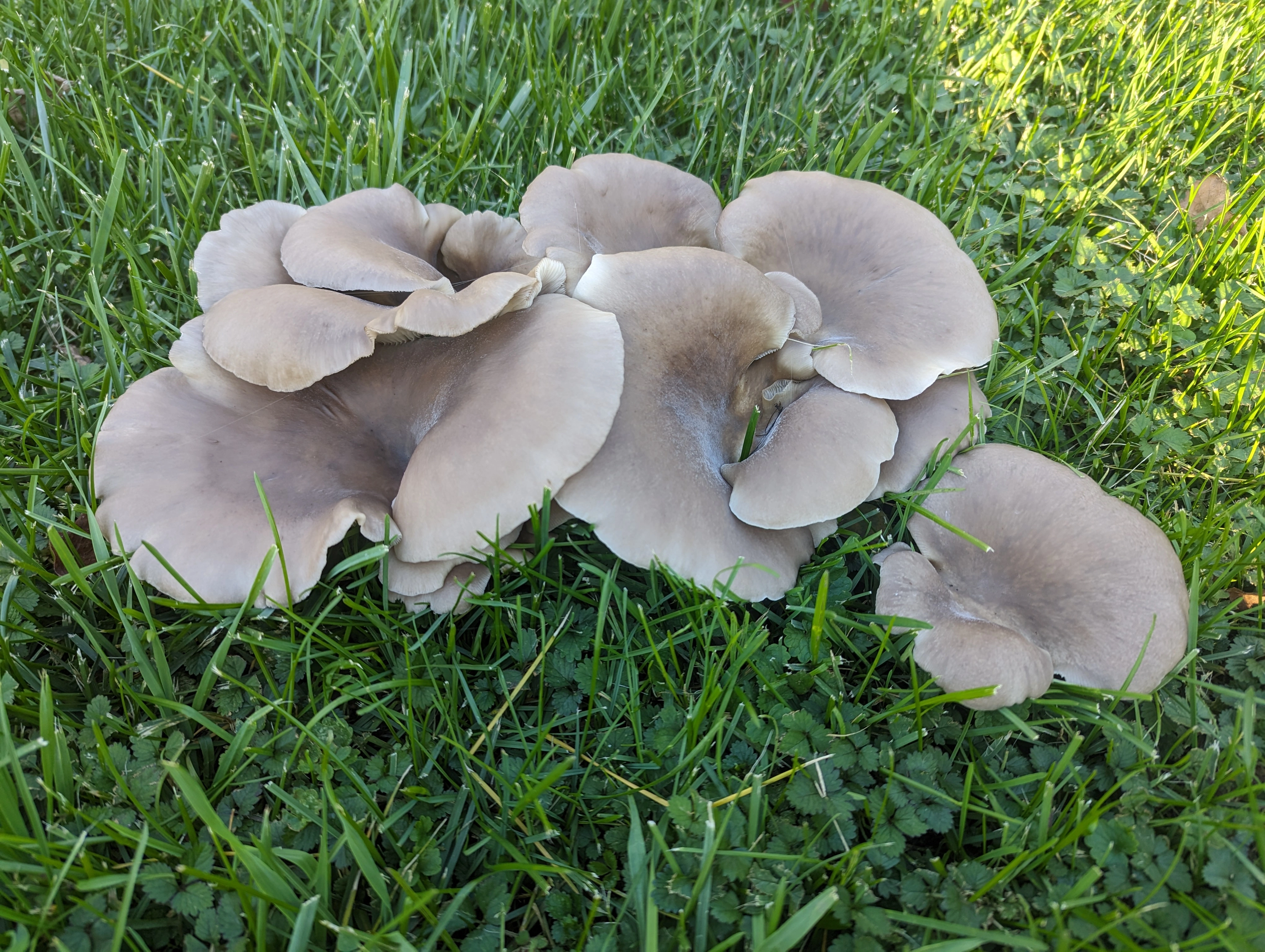Hopefully you’ll get some experts chiming in. I am not. I just found your question interesting and did some searching.
The biggest thing I see to check is whether the gills run vertically *and extend into the stem. If the gills stop at the stem, avoid.
Edit: actually you may not need to avoid if the gills don’t run all the way. If they don’t, there’s a good chance they are Elm Oysters, but elm oysters are edible. I’m basing this info on the above link. It seems pretty clear that what you have aren’t the dangerous varieties listed on that page.

